
- Subject:
- Applied Science
- Biology
- Life Science
- Material Type:
- Module
- Date Added:
- 07/10/2017

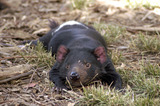
By the end of this section, you will be able to:Name and describe the distinguishing features of the three main groups of mammalsDescribe the proposed line of descent that produced mammalsList some derived features that may have arisen in response to mammals’ need for constant, high-level metabolism
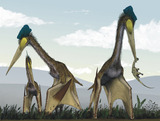
By the end of this section, you will be able to:Describe the main characteristics of amniotesExplain the difference between anapsids, synapsids, and diapsids, and give an example of eachIdentify the characteristics of reptilesDiscuss the evolution of reptiles
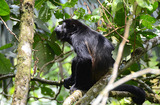
By the end of this section, you will be able to:Describe the derived features that distinguish primates from other animalsExplain why scientists are having difficulty determining the true lines of descent in hominids


By the end of this section, you will be able to:Describe prions and their basic propertiesDefine viroids and their targets of infection

By the end of this section, you will be able to:Identify major viral illnesses that affect humansCompare vaccinations and anti-viral drugs as medical approaches to viruses
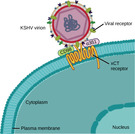
By the end of this section, you will be able to:Describe how viruses were first discovered and how they are detectedDiscuss three hypotheses about how viruses evolvedRecognize the basic shapes of virusesUnderstand past and emerging classification systems for viruses
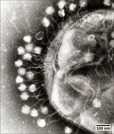
By the end of this section, you will be able to:List the steps of replication and explain what occurs at each stepDescribe the lytic and lysogenic cycles of virus replicationExplain the transmission and diseases of animal and plant virusesDiscuss the economic impact of animal and plant viruses

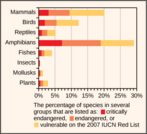
By the end of this section, you will be able to:Identify new technologies for describing biodiversityExplain the legislative framework for conservationDescribe principles and challenges of conservation preserve designIdentify examples of the effects of habitat restorationDiscuss the role of zoos in biodiversity conservation

By the end of this section, you will be able to:Define biodiversityDescribe biodiversity as the equilibrium of naturally fluctuating rates of extinction and speciationIdentify historical causes of high extinction rates in Earth’s history
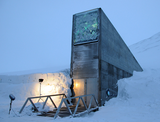
By the end of this section, you will be able to:Identify chemical diversity benefits to humansIdentify biodiversity components that support human agricultureDescribe ecosystem services
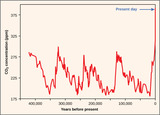
By the end of this section, you will be able to:Identify significant threats to biodiversityExplain the effects of habitat loss, exotic species, and hunting on biodiversityIdentify the early and predicted effects of climate change on biodiversity
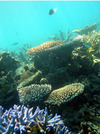
By the end of this section, you will be able to:Describe the effects of abiotic factors on the composition of plant and animal communities in aquatic biomesCompare and contrast the characteristics of the ocean zonesSummarize the characteristics of standing water and flowing water freshwater biomes
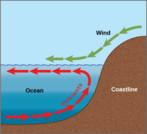
By the end of this section, you will be able to:Define biogeographyList and describe abiotic factors that affect the global distribution of plant and animal speciesCompare the impact of abiotic forces on aquatic and terrestrial environmentsSummarize the affect of abiotic factors on net primary productivity

By the end of this section, you will be able to:Define global climate changeSummarize the effects of the Industrial Revolution on global atmospheric carbon dioxide concentrationDescribe three natural factors affecting long-term global climateList two or more greenhouse gases and describe their role in the greenhouse effect

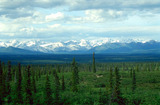
By the end of this section, you will be able to:Identify the two major abiotic factors that determine terrestrial biomesRecognize distinguishing characteristics of each of the eight major terrestrial biomes

By the end of this section, you will be able to:Define ecology and the four levels of ecological researchDescribe examples of the ways in which ecology requires the integration of different scientific disciplinesDistinguish between abiotic and biotic components of the environmentRecognize the relationship between abiotic and biotic components of the environment